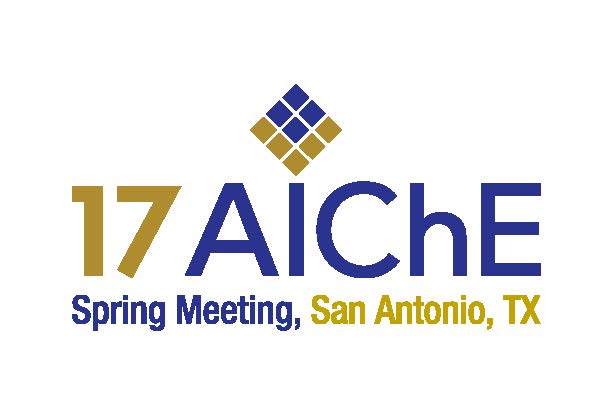

As a result, some refiners have limited the amount of allowable phosphorus or continued to rely primarily on a metallurgy. This decision potentially reduces their flexibility to safely use high TAN opportunity crudes. The return on incremental investment in metallurgy requires significant capital expenditure and long payback periods, which must also account for the opportunity savings lost waiting for a planned shutdown to install the metallurgy.
Improved understanding of the corrosion inhibitor chemistry helps to explain the mechanisms of fouling. This improved understanding has led to the design of TANSCIENT™, new chemistry that controls corrosion with reduced fouling. It is a polymeric phosphate triester with a synthesized alcohol which increases thermal stability and oil solubility. Ethoxylation of the phosphate ester to a triester renders it neutral in acid conditions, which means it is easier to feed, does not attack the protective layer formed at the metal surface and reduces phosphorous feed by up to 80%. This improvement in chemistry in combination with improved monitoring technologies is changing refiners’ perspectives on TAN Management and increasing refiner flexibility to increase profitability.
Laboratory and field data will be presented to demonstrate the performance of this new chemistry. The data shows the potential for laboratory data to accurately predict relative performance of corrosion inhibitors in the field.
Presenter(s)
Language
Pricing
Individuals
| AIChE Member Credits | 0.5 |
| AIChE Pro Members | $19.00 |
| Fuels and Petrochemicals Division Members | Free |
| AIChE Graduate Student Members | Free |
| AIChE Undergraduate Student Members | Free |
| AIChE Explorer Members | $29.00 |
| Non-Members | $29.00 |
